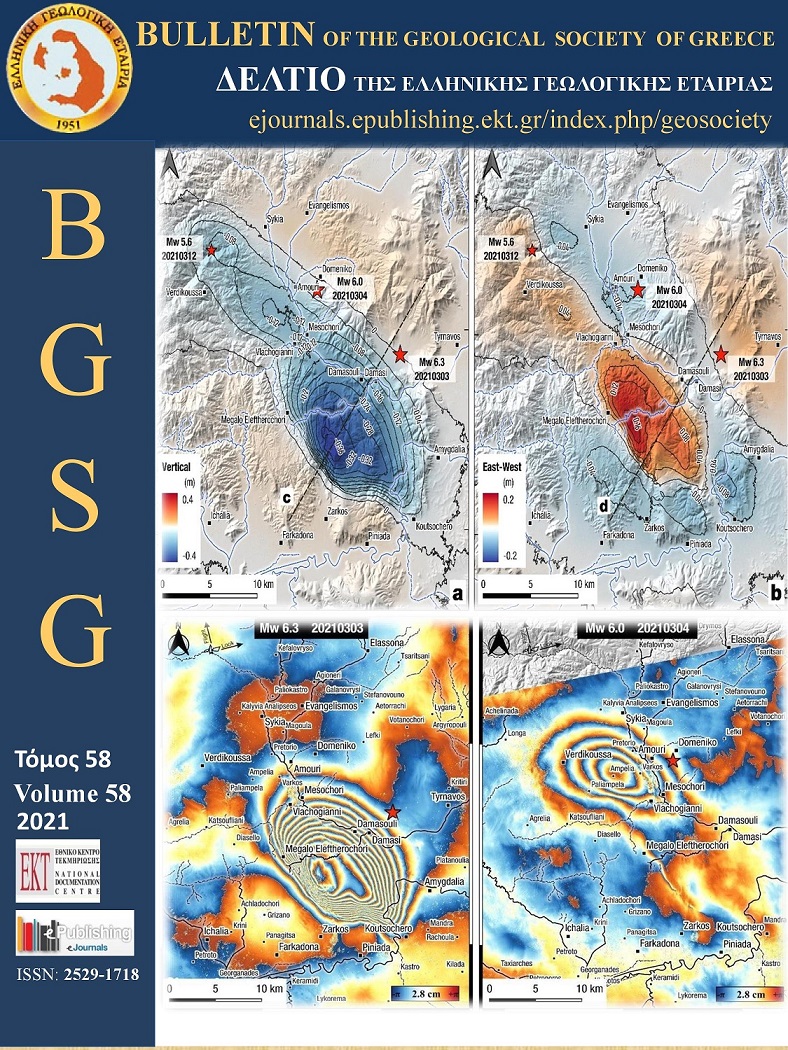Accelerating deformation seismicity patterns before the March 3, 2021 Thessaly strong earthquake. First results

Abstract
A widely felt strong shallow earthquake with Mw 6.3 magnitude occurred in Thessaly (Central Greece) on March 3, 2021. This recent strong event attracted our interest to apply and evaluate the capabilities of the Accelerating Deformation method. Based on the recently proposed generalized Benioff strain idea which could be justified by the terms of Non-Extensive Statistical Physics (NESP), the common critical exponent was calculated in order to define the critical stage before a strong event. The present analysis comprised a complex spatiotemporal iterative procedure to examine the possible seismicity patterns at a broad region and identify the best one associated with the preparation process before the strong event. The starting time of the accelerating period, the size and location of the critical area are unknown parameters to be determined. Furthermore, although, the time of failure is already known, in the present research it was not set as a fixed value in the algorithm to define the other unknown parameters but instead different catalogue ending dates have been tried out to be with an objective way. The broad region to be investigated was divided with a square mesh and the search of events around a point has been carried on with different size circular and elliptical shapes. Among the obtained results, the solution which exhibits the most dominant scaling law behavior as well as the one which exhibits the smallest spatial area and yet the more dominant scaling law behavior are presented.
Article Details
- How to Cite
-
Chatzopoulos, G. (2021). Accelerating deformation seismicity patterns before the March 3, 2021 Thessaly strong earthquake. First results. Bulletin of the Geological Society of Greece, 58, 87–104. https://doi.org/10.12681/bgsg.27155
- Section
- Natural Hazards

This work is licensed under a Creative Commons Attribution-NonCommercial 4.0 International License.
Authors who publish with this journal agree to the following terms:
Authors retain copyright and grant the journal right of first publication with the work simultaneously licensed under a Creative Commons Attribution Non-Commercial License that allows others to share the work with an acknowledgement of the work's authorship and initial publication in this journal.
Authors are able to enter into separate, additional contractual arrangements for the non-exclusive distribution of the journal's published version of the work (e.g. post it to an institutional repository or publish it in a book), with an acknowledgement of its initial publication in this journal. Authors are permitted and encouraged to post their work online (preferably in institutional repositories or on their website) prior to and during the submission process, as it can lead to productive exchanges, as well as earlier and greater citation of published work.


